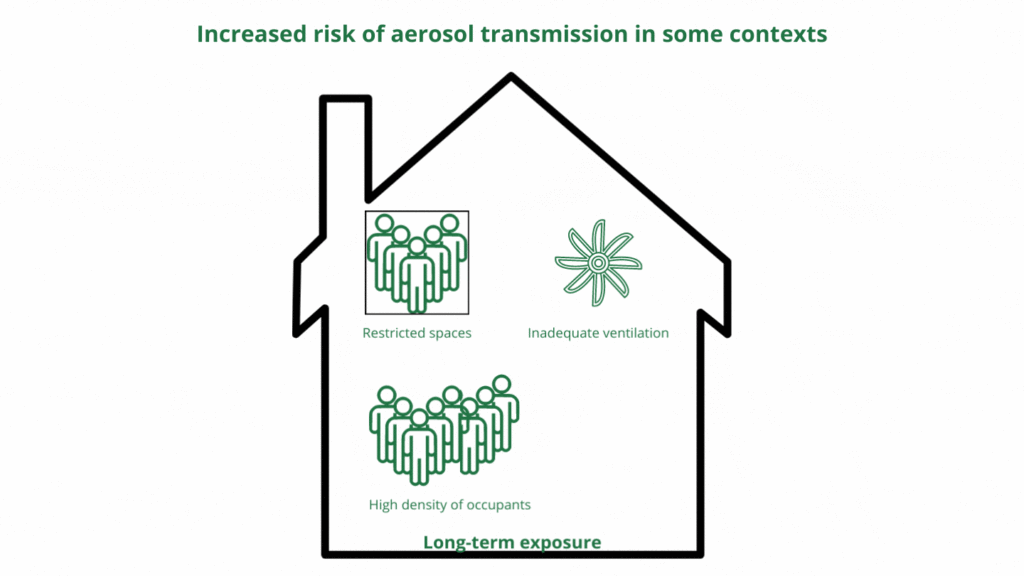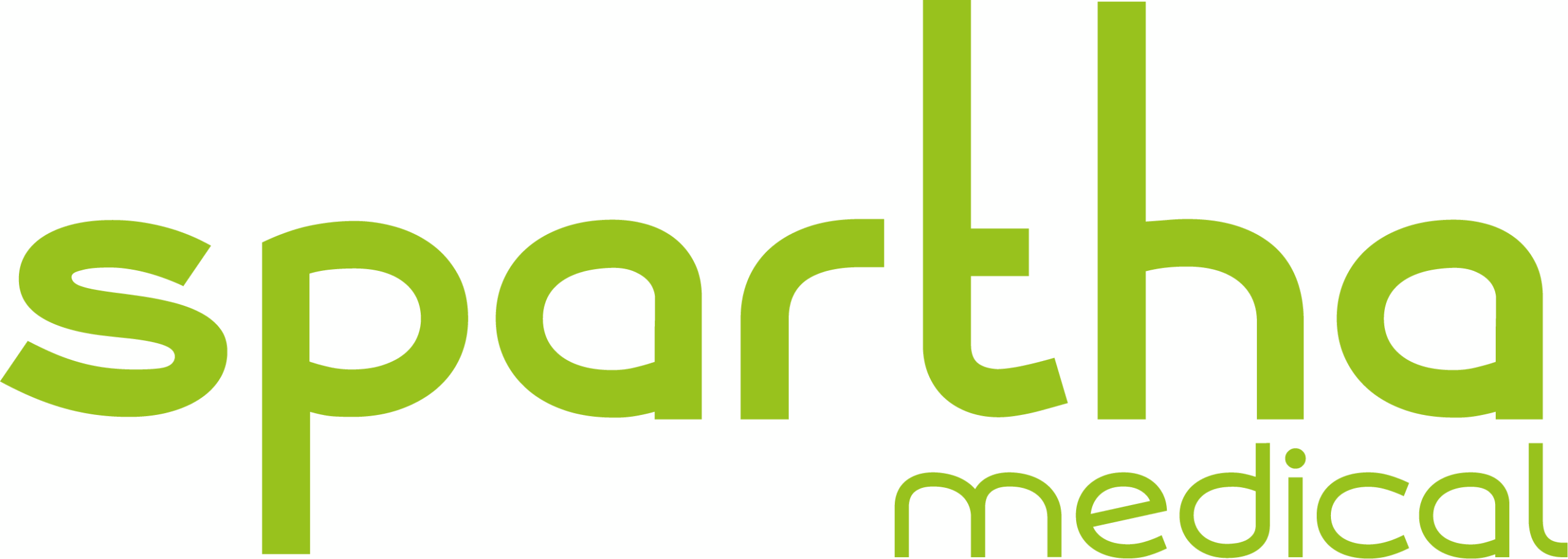Since its outbreak in 2019, the last coronavirus-related disease (COVID-19) has spread around the world. In addition to its global impact, COVID-19 has alerted the healthcare community about the danger and harm of nosocomial infection. Nosocomial infection with COVID-19 is reported in many healthcare facilities worldwide.
COVID-19, a disease caused by the coronavirus SARS-CoV-2, has spread to most countries and regions of the world. As patients with potential SARS-CoV-2 infection need to visit hospitals, the occurrence of nosocomial infection can be expected to be significant. Thus, a complete understanding of nosocomial infection is necessary to provide guidance for the prevention and control of the infection outbreak.
Searches published in National Library of Medicine based major international and Chinese databases (Web of Science, Embase, Cochrane, China Biology Medicine disc and Wanfang database) for case series or case reports of nosocomial infections of COVID-19, SARS (Severe Acute Respiratory Syndrome) from their onset to 31 March 2020 are reported:
A meta-analysis of the proportion of nosocomial patients among diagnosed patients, occupational distribution of medical staff and nosocomial infections is performed amont 40 studies.
among confirmed patients, the proportions of nosocomial infections with early outbreaks of COVID-19.
among confirmed patients, medical staff and other nosocomial infections respectively.

SARSCoV2 infection is transmitted from person to person. Transmission occurs in the following ways:
– Direct infection with droplets released when an infected person talks, coughs or sneezes to a healthy person at a short distance, whether they have symptoms. The risk of infection occurs mainly through the mucous membranes of the respiratory tract. There is also indirect infection caused by contact of dirty hands with mucous membranes (mouth, nose, eyes).
– Indirect infection caused by contact of dirty hands with mucous membranes (mouth, nose, eyes).
The Haut Conseil de la santé publique has examined the issue of respiratory protection for health care workers in health care institutions, medical-social institutions, and private practice in the face of the risk of transmission of SARS-CoV-2 by aerosols.
It is recommended that:
– Patients suspected or confirmed of having SARS-CoV-19 should wear a medical mask routinely in private practice and, where possible and tolerable, when entering a person’s or healthcare professional’s room in a healthcare facility or nursing home.
– For healthcare professionals to systematically wear FFP2 respiratory protective device when performing invasive procedures or maneuvers in the respiratory or ENT sphere generating aerosols in suspected or confirmed Covid-19 patients.
